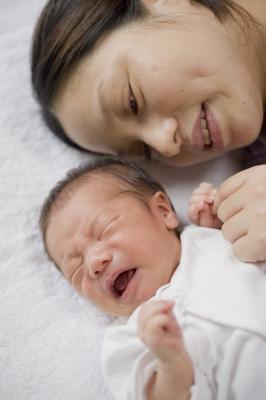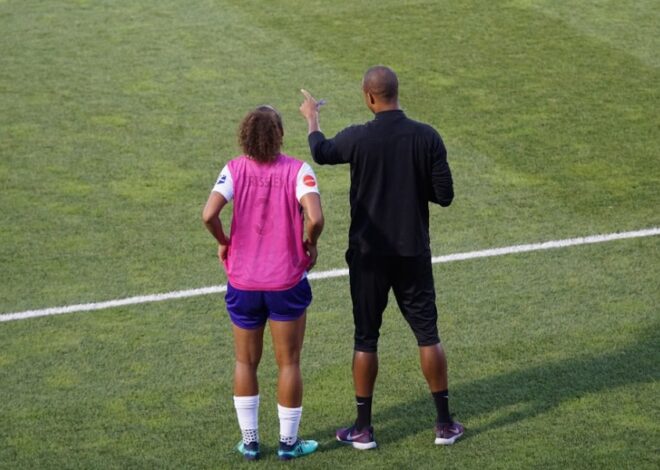Cesarean deliveries are common, but the procedure is a major surgery on your abdomen. The surgery adds another aspect to childbirth recovery, possibly adding pain and limiting you physically. Like any medical procedure, the recovery after a C-section varies from one woman to the next. Some women recover quickly, while others experience complications that draw out the recovery process.
Immediate Effects
A C-section earns you at least one extra day in the hospital for recovery. Most women spend three or four days in the hospital after a C-section. The first 24 hours after the delivery involve close monitoring to make sure the healing is beginning. Walking is usually encouraged around the 24-hour mark.
The incision itself will likely feel sore for some time. You might also experience numbness at the incision location. A raised, puffy scar is left behind. Pressure on the abdomen, especially right on the incision site, causes pain in the first few days.
Pain Management
The hospital administers pain medication while you are a patient. The epidural used during the surgery might be left in for a short time after the surgery in case you need additional medication. Pain relievers in pill form follow, both in the hospital and after you go home. The specific type of pain reliever depends on your health and the doctor’s preferences but might include narcotic pain relievers, acetaminophen and ibuprofen. You should receive specific information about pain relief upon your discharge from the hospital.
Other Expectations
The surgery leaves some women feeling groggy. You might also feel sick to your stomach for up to 48 hours after the surgery, according to Babycenter. Itchiness from narcotic pain relief is a possibility. Gas and bloating may occur because digestion slows after the surgery.
Physical Limitations
The recovery from a C-section can take four weeks or longer. During that time, the pain might limit you physically. Breastfeeding presents a challenge because your baby’s weight across the abdomen can cause more pain. Positioning your baby so she doesn’t lie across your abdomen makes breastfeeding more comfortable.
While you might not feel like moving around much in the first few days, walking can help with the recovery process. Walking can help prevent blood clots while helping with the healing process, according to Babycenter. Listen to your body and gradually increase your level of activity.
Complications
Complications sometimes arise after a C-section delivery. Call your doctor immediately if you notice signs of infection or problems with the recovery. This includes bleeding or discharge from the incision, heavy vaginal bleeding or large clots, tender or hard abdomen, fever or warmth and redness at the incision. Pain in the calves, chest pain and shortness of breath are signs of a blood clot, which is a possible side effect of a C-section.





